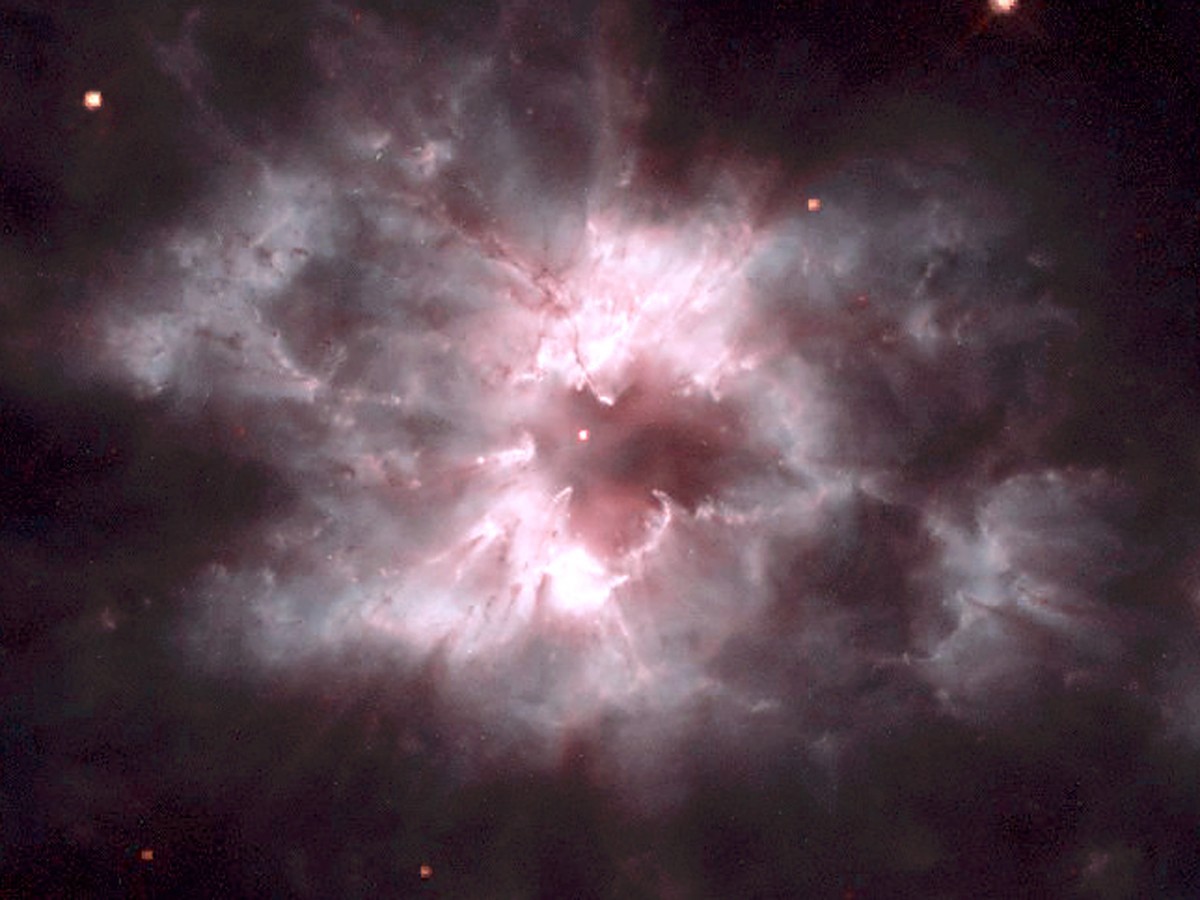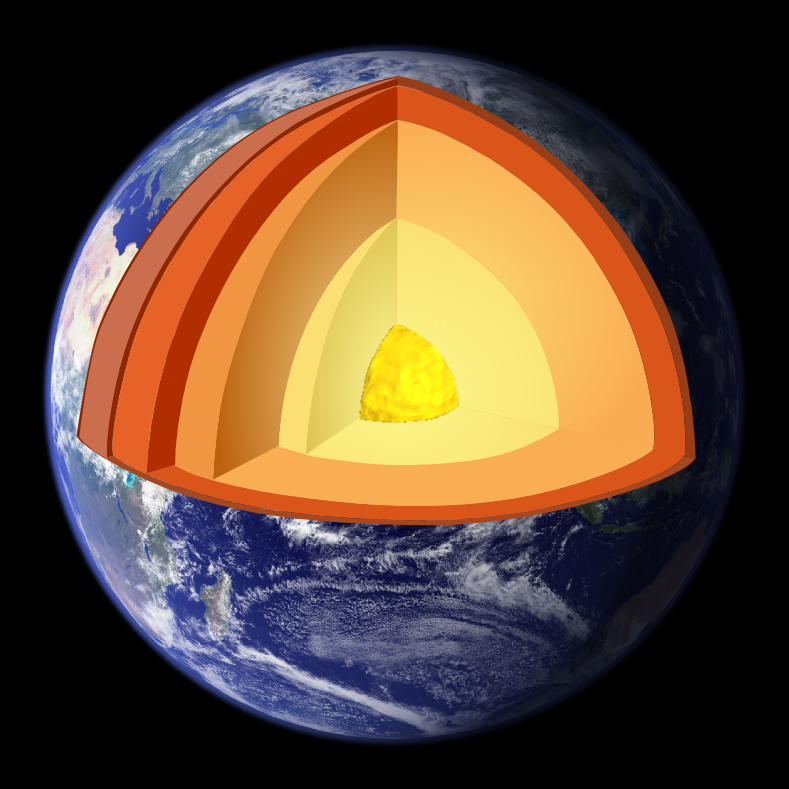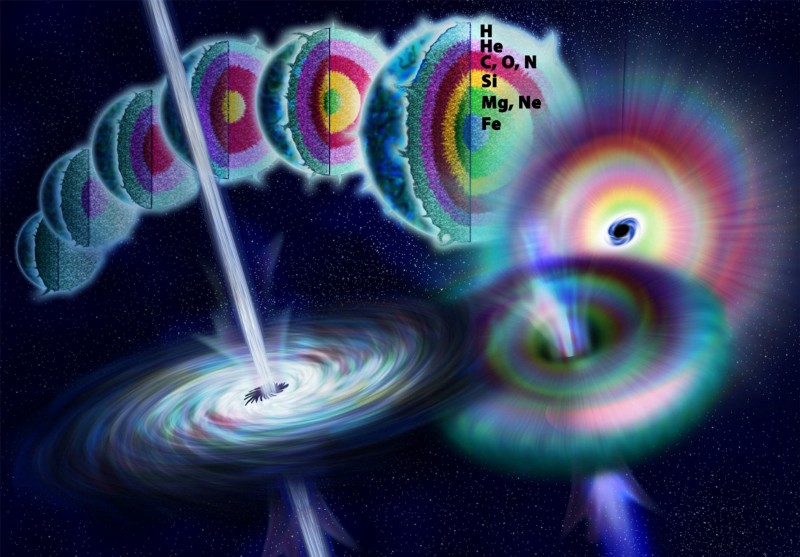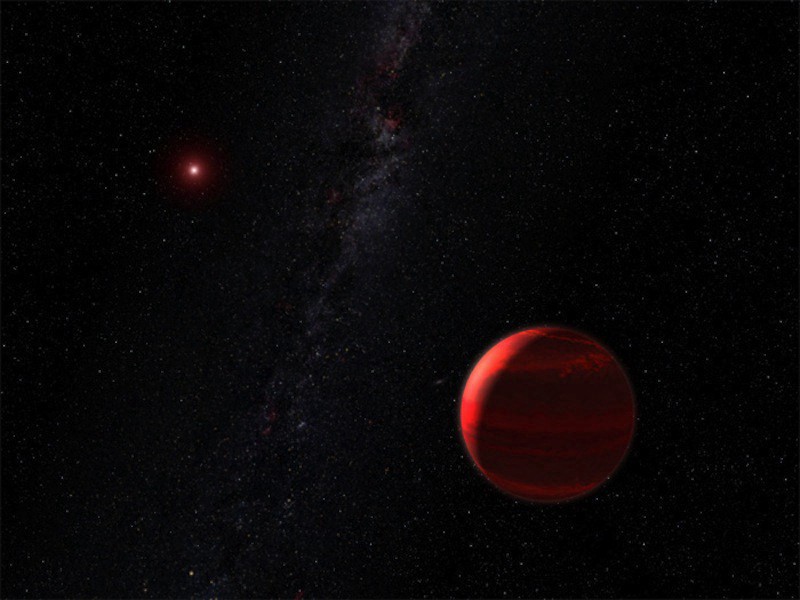
“The two most abundant element in the Universe — hydrogen and stupidity.” — Harlan Ellison. After hydrogen and helium, in the periodic table often are surprises. Among the most amazing facts is that each material which we have ever touched, seen, interacted with whom, consists of the same two things: atomic nuclei, positively charged, and electrons negatively charged. The way these atoms interact with each other as they push, bind, attract and repel, creating a new stable molecules, ions, electronic energy state — that determines the beauty of the world around us.
Even if it is quantum and electromagnetic properties of these atoms and their components allow our Universe to exist with the properties that it has, it is important to understand that the universe began not with all these elements. Quite the contrary, she started practically without them.
You see, to achieve the diversity of structures of communication and to build the complex molecules that are the basis of everything we know, you need a lot of atoms. Not in quantitative terms and in variety, so that we have atoms with different numbers of protons in their atomic nuclei: it is this that makes the elements different.
Our bodies require such elements as carbon, nitrogen, oxygen, phosphorus, calcium and iron. The crust of our Earth needs such elements as silicon and many other heavy elements, while the core of the Earth to produce heat needed in the elements probably all over the periodic table that occur in nature: thorium, radium, uranium and even plutonium.

But back to the early stages of the Universe before the appearance of man, of life, of our Solar system, to the first solid planets and even the first stars — when all we had was hot, ionized sea of protons, neutrons and electrons. Of atoms and atomic nuclei was: the universe was too hot for this. It was only when the universe expanded and cooled, there was at least some stability.
It took some time. First kernel have merged together and no longer separated, producing hydrogen and its isotopes, helium and its isotopes, as well as subtle tiny amounts of lithium and beryllium, the latter subsequently split into radioactive lithium. This is what started the universe: by the number of cores is 92% hydrogen, 8% helium and about 0,00000001% of lithium. Mass — 75-76% hydrogen and 24-25% helium and 0,00000007% lithium. In the beginning there were two words, hydrogen and helium, in this case, we can say that all.
Hundreds of thousands of years later the universe cooled enough so that neutral atoms formed, and tens of millions of years later, gravitational collapse is allowed to happen the first stars. However, the phenomenon of nuclear fusion has not only spilled over into the Universe, but also allowed to form heavy elements.
By the time of birth of the first star, somewhere 50-100 million years after the Big Bang, copious amounts of hydrogen started to fuse into helium. But more importantly, the most massive stars (8 times more massive than our Sun) burn their fuel very quickly, burn out in just a couple of years. Once in the cores of such stars ended hydrogen, helium core contracted and began to merge three of the nucleus of an atom of carbon. It only took a trillion of these heavy stars in the early Universe (which formed many more stars in the first few hundred million years) to lithium was defeated.
And here you probably think that carbon was an element of the number three in our day? It might be thought, because stars produce elements in layers, like onions. Helium is synthesized into carbon, carbon into oxygen (and later at higher temperature), oxygen in silicon, sulfur, and silicon into iron. At the end of the iron chain can not merge in anything anymore, so the core of the star explodes and becomes a supernova.

These supernovae, the steps that led to them, and the consequences have enriched the Universe of content of the outer layers of the star, hydrogen, helium, carbon, oxygen, silicon and all the heavy elements that formed during other processes:
- slow neutron capture (s-process), consistently builds elements;
- nuclear fusion of helium with heavy elements (with the formation of neon, magnesium, argon, calcium and so on);
- rapid neutron capture (r-process) with the formation of elements up to uranium and beyond.
But we had more than one generation of stars: we had a lot of these, and the generation that exists now, was built in the first place is not the pristine hydrogen and helium, but also on the remains from previous generations. This is important because without it we’d never have solid planets, only gas giants of hydrogen and helium, exclusively.
Over billions of years the process of formation and death of stars repeated all over and over enriched elements. Instead of just merge hydrogen into helium, massive stars fused hydrogen in the cycle C-N-O, with time, aligning the amounts of carbon and oxygen (and less nitrogen).
In addition, when stars undergo helium via the fusion with the formation of carbon is quite simple to get the helium atom with the formation of oxygen (and even add another helium to oxygen with the formation of neon), and even our own Sun will do this during the red giant phase.

But there is one deadly step in the star forges, which exclude the carbon of the space equation: when the star becomes massive enough to initiate carbon fusion is the need for the formation of a supernova type II — a process, which turns the gas into oxygen, goes to failure, creating much more oxygen than carbon, by the time the star ready to explode.
When we look at the remains of supernovae and planetary nebulae — the remnants of very massive stars and sun-like stars, respectively — we find that oxygen is superior to the carbon mass and quantitatively in each case. We also found that none of the other elements heavier than and not nearly worth it.

So, hydrogen is #1 helium #2 — these elements in the Universe very much. But of the remaining elements of the oxygen is holding steady #3, followed by the carbon #4, ne #5, nitrogen #6, magnesium #7, silicon #8 iron #9 and Wednesday completes the top ten.
What the future holds?

After a sufficiently long time period to thousands (or millions) of times the current age of the Universe, the stars will continue to form either spewing fuel in intergalactic space, or burning it where possible. In the process, helium can finally bypass the hydrogen on the prevalence, or the hydrogen will remain on the first line, if there is enough isolated from the fusion reactions. Long distance a substance that is not ejected from our galaxy may merge again and again, so that the carbon and oxygen will pass even helium. Perhaps the elements #3 and #4 will displace the first two.
The universe is changing. Oxygen is the third most common element in the modern Universe, and in a very, very distant future, perhaps would go beyond the hydrogen. Each time you breathe the air and feel the satisfaction from this process, remember: the stars — the only reason for the existence of oxygen.
